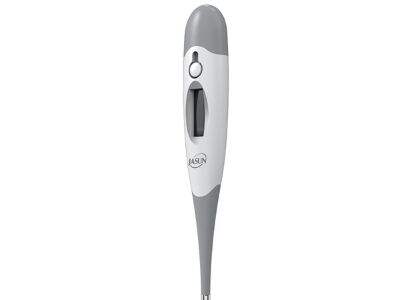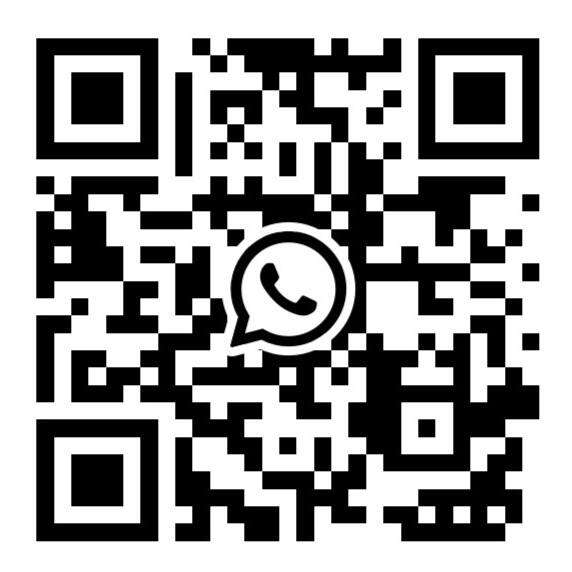So, today we are going to learn about how a thermometer measures temperature. Ever wondered how a Digital Clinical Thermometers works? Let's find out.
The science behind temperature measurements:
Temperature tells us how hot or cold something is. Thermometers help us measure temperature. When something heats up, it gets more energetic and spreads out. When it cools, its particles go into slow motion and group up. We measure this jiggle of the particles with a digital thermometer, and that’s how we know the temperature.
Basics of how thermometers work:
Thermometers operate by exploiting the tendency of substances to expand when heated and to contract when cooled. This back-and-forth expansion and contraction make the liquid in the fever thermometer rise (expand) and fall (contract) and that’s what tells us the temperature. Some thermometers rely on mercury, others on digital sensors, to do this work.
Mercury and Digital Sensors in Temperature:
Clinically, mercury is a flowing liquid metal and readily expands and contracts with temperature. A mercury thermometer has a small bulb filled with mercury at the bottom. A column of mercury in a graded glass tube is used to measure the temperature. Disadvantages: A Digital Thermometer Uses a sensor to sense the temperature and shows the reading in a digital format.
Reading up on the various types of thermometers and how accurate they are:
Varieties of thermometers include mercury, digital, infrared, and bimetallic thermometers. Mercury thermometers are highly accurate, but if broken, can be hazardous, because mercury is poisonous. Digital thermometers are accurate, easy to read, and can be used for practical functions. Infrared thermometers take temperature readings from a distance rather than having to make contact with the food. Bimetallic thermometers are based on the fact that two dissimilar metals will expand at different rates for a given increase in temperature.
Now let's take a deep dive into the process of calibrating a thermometer:
To verify that a thermometer is correct, it should be calibrated. Calibration involves adjusting the thermometer to read accurately. This can be achieved by comparing your thermometer with a known accurate temperature, for example, you may use ice water for 0 degree Celsius and boiling water for 100 degrees Celsius. The calibration or the repair of the thermometer can be done if the temperature is not correct.








